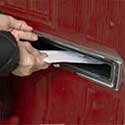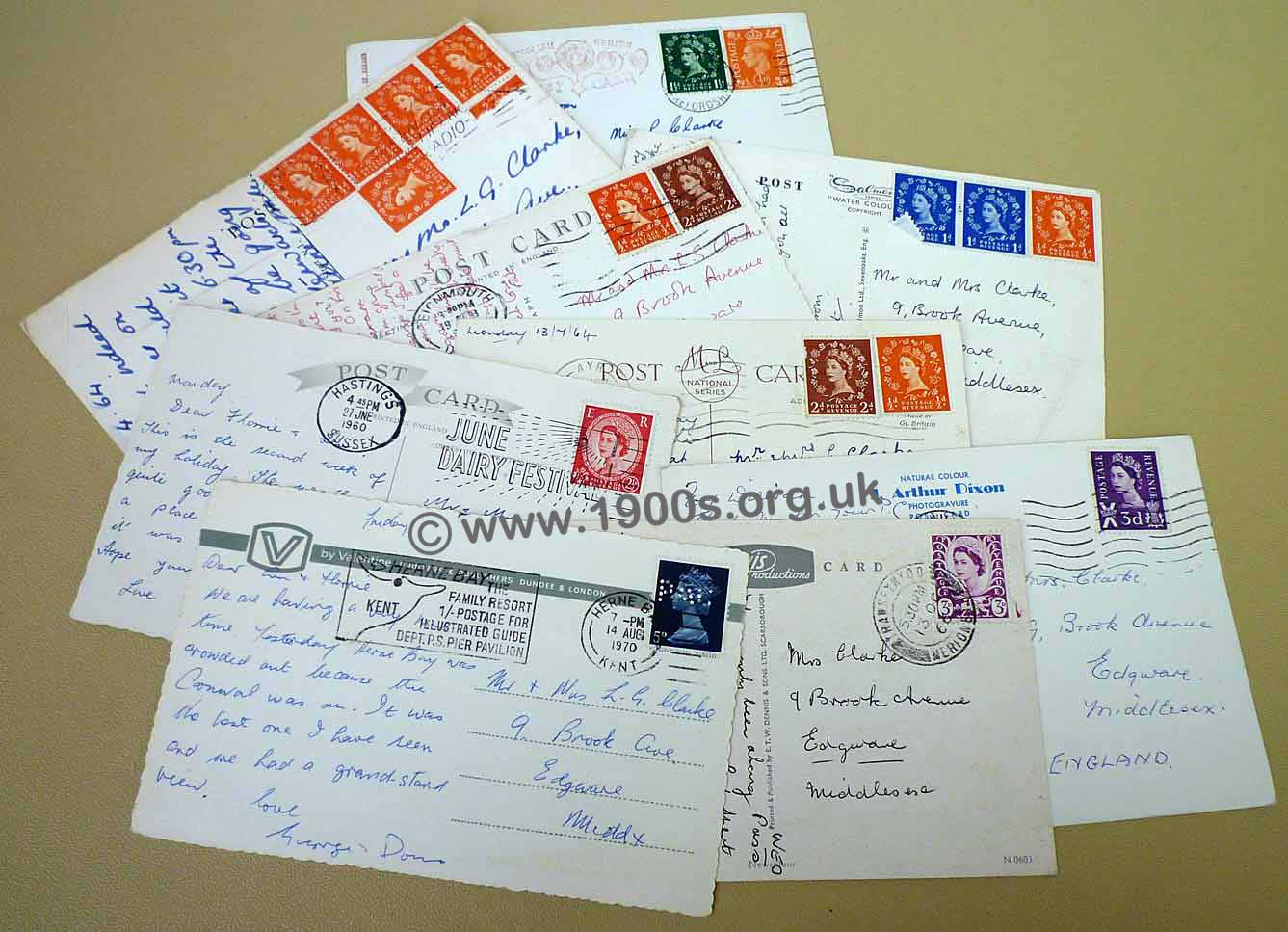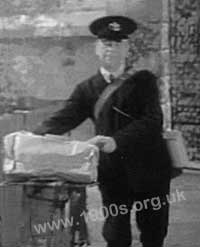Postal deliveries early-mid 20th Century Britain

Postal deliveries changed significantly over the 20th Century. One change was in their frequency, another in information supplied on where and when a letter or parcel was posted and yet another in how mail order deliveries were handled. This page elaborates on all three from the perspective of the public, and concludes with a note on the postmen's uniform in the middle of the century.
____
By the webmaster, based on firsthand recollections, contributions and visits to museums
The frequency of postal deliveries in the mid-20th Century
When I grew up in 1940s and 1950s Britain, letters and postcards were the main way that people kept in touch with each other. As the volume of mail (which we called 'post') was relatively large, there were two deliveries each weekday: the 'first post' and the 'second post'. There was one delivery on Saturdays and none on Sundays. Today, this frequency of deliveries seems enviable, but it was in stark contrast to the deliveries in the early 1900s when my mother was a child. Then it was quite normal to post a letter in the morning and get a reply that same evening. The last delivery (the fourth of the day, known as the 'last post') could be as late as 9.30 at night.
Of course the deterioration in the number of deliveries is understandable considering that phoning and instant messaging works so well today and is even free or cheap.
But back to the mid-20th Century:
The C.O.D. (Cash on Delivery) service
contributed by Roger Winnall
Before the arrival of the internet, there was mail-order but it was not like today. People saw adverts for goods in the papers and were asked to pay either by post with a cheque or postal order or by paying the postman who delivered the parcel or package. This latter was called C.O.D. which stood for 'Cash on Delivery'. In the 1950s, I clearly remember my mother paying cash to the postman when he delivered a package.
Dealing with the money and returning it to suppliers must have been an administrative nightmare for the Post Office.
Information on when and where something was posted
When our post was delivered, we could immediately see when and where it had been posted because there was a difference between how the Royal Mail cancelled stamps then and how it is done today. The cancellation always showed the time and place of posting. You will be able to see examples on the following photo of postcards.

The Sorting
Office's franking on each stamp named the location of the collection and the
time of franking.
Postcards from the effects of my mother.
The postman's uniform
Postman in uniform arriving by bicycle to deliver a parcel
The postmen's uniform that I remember from the 1940s and 50s was dark navy with a peaked hat rather like those of bus conductors.
| sources | webmaster | contact |
Text and images are copyright
If you can add anything to this page or provide a photo, please contact me.




